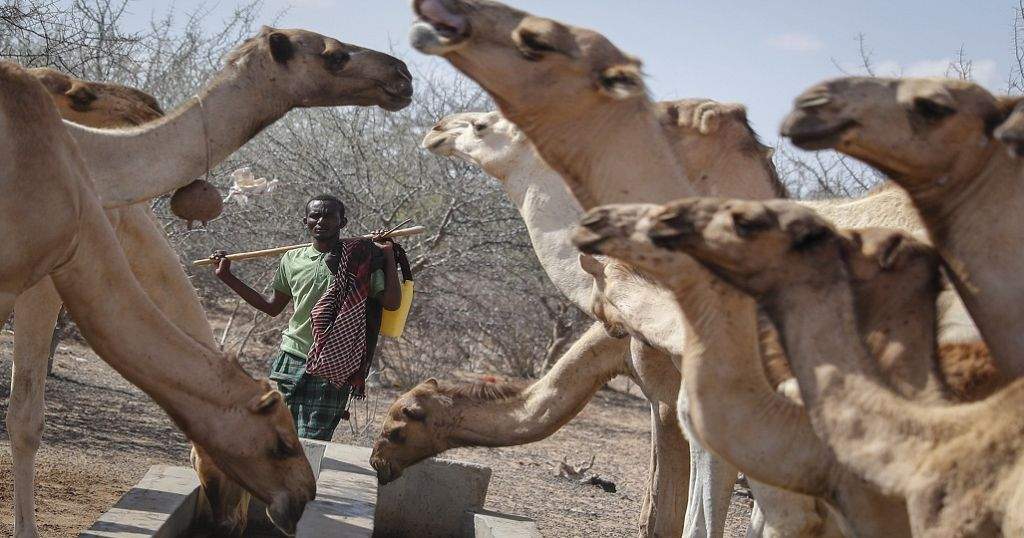Kenyan Farmers Ditch Cattle for Drought-Resistant Camels
In the face of crippling droughts and unpredictable weather patterns, farmers in Kenya are turning to a unique solution: camels. For years, cattle have been the cornerstone of pastoralist cultures in the Horn of Africa, providing milk, meat, and social status. However, climate change is disrupting this traditional way of life, leading many farmers to abandon cattle for the more resilient camel.
In rural Kenya, Abudlahi Mohamud, a 65-year-old father of 15, is one such farmer. He suffered a devastating loss in the 2022 drought, with nearly all of his 30 cattle perishing. Heartbroken, Mohamud invested his savings in 20 camels, convinced it was a wise decision.
"In contrast to cattle, camels are easier to rear as they primarily feed on shrubs and can survive in harsher conditions," Mohamud explains. "When the pasture dries out, all the cattle die."
Mohamud is not alone in his decision. According to the National Disaster Management Authority, the 2022 drought resulted in the loss of approximately 2.6 million cattle, with damages estimated at 226 billion Kenya Shillings (1,753,618,750 United States Dollars).
For the Samburu community, cattle represent status and serve as dowry in marriages. Lesian Ole Sempere, a 59-year-old elder, emphasizes the importance of cattle in marriage ceremonies: "It’s essential to do everything possible to acquire cattle for weddings, even if our herds are smaller now."
Despite the shift to camels, the Samburu remain committed to their cultural practices. They are incorporating camels into their herds, selling them when they need cattle for cultural ceremonies. This adaptability demonstrates their dedication to maintaining their cultural identity despite evolving conditions.
While camels may not be the first animals that come to mind when thinking of Kenya, they offer distinct benefits over cattle. Camels require less water and can graze on a broader range of plants, making them better suited to the region’s harsh conditions. Their elongated bodies also help minimize the surface area exposed to sunlight, allowing them to better cope with heat stress.
The Somali community in Northern Kenya was the pioneer in camel herding, and their practice eventually extended to other tribes. By incorporating camels into their traditional herding methods, these pastoralists can mitigate the adverse impacts of climate change and maintain food security.
As the climate continues to evolve, it is unclear whether camels will be fully embraced by these communities. However, one thing is certain: camels offer a viable alternative that may help preserve traditional pastoralist lifestyles in the 21st century.
